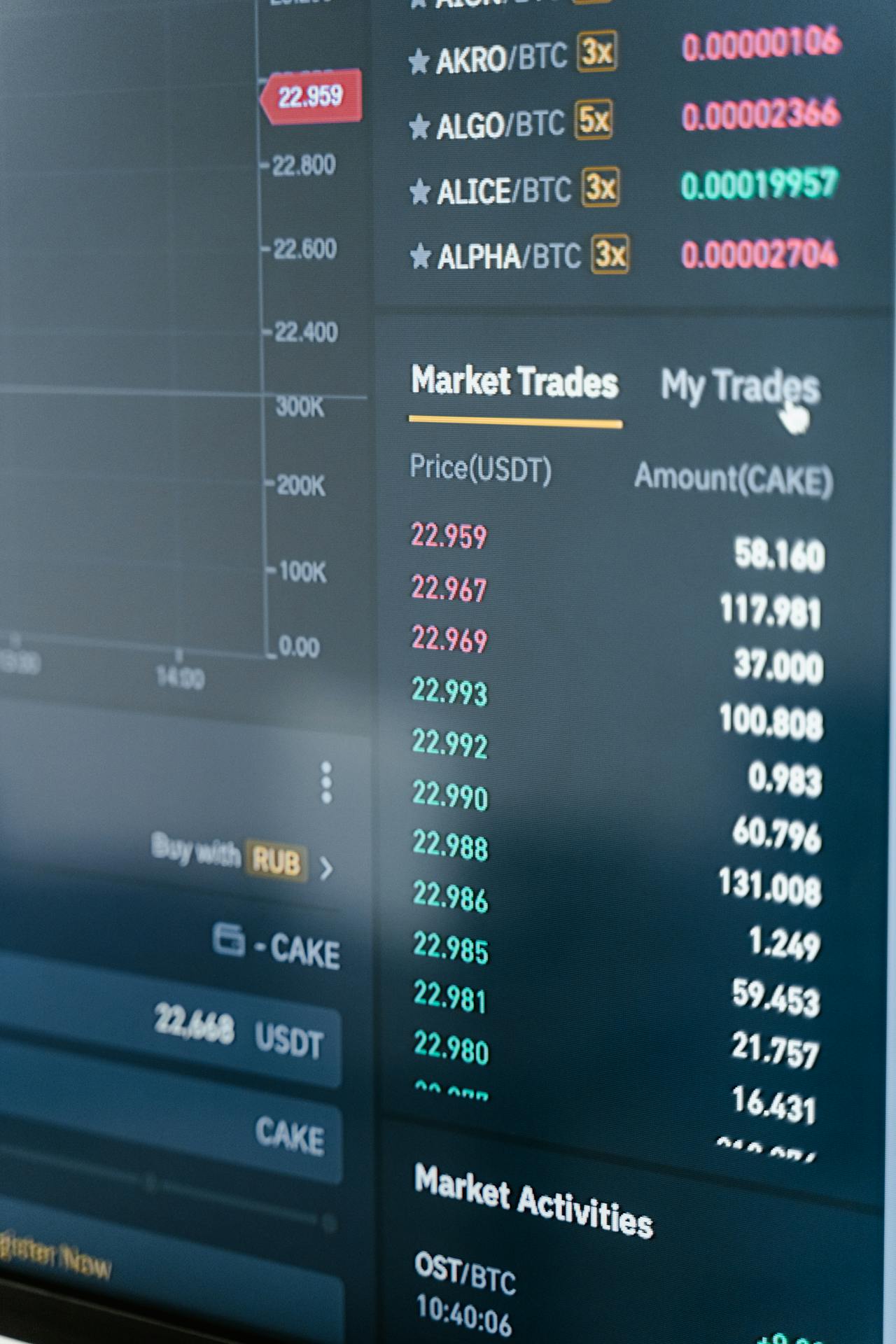The stablecoin market has become a cornerstone of the crypto financial system. Among all stablecoins, USDT and USDC are undoubtedly the two most prominent and widely used. In 2025, with the U.S. GENIUS Act passed and Hong Kong’s Stablecoin Bill introduced, the public’s concern about these two stablecoins has gone beyond just “pegging to the dollar.” People are now paying closer attention to their mechanisms, regulations, and trustworthiness. So, what exactly differentiates these two coins? And how should the average user choose between them?
1. What is USDT? Who Issues It?
USDT, or Tether, is the earliest known USD-backed stablecoin, issued by Tether Limited, a company historically affiliated with the exchange Bitfinex. Although headquartered in Hong Kong, it is not directly regulated by U.S. federal agencies.
USDT operates under a 1:1 dollar peg mechanism—meaning that, in theory, each USDT is backed by one U.S. dollar in assets. However, the actual reserves are more complex. According to Tether’s latest 2025 quarterly report, about 84% of the reserves are short-term U.S. Treasuries, with the remainder including gold, Bitcoin, and other “non-traditional” assets.
While Tether has improved its transparency in recent years, it still faces skepticism due to its past legal issues, including a fine from the New York Attorney General over misrepresented reserves. Some institutions remain cautious about its solvency.
2. What is USDC? Is It Really “Safer”?
USDC is issued by the U.S.-based company Circle, in partnership with Coinbase. From the beginning, it has prioritized transparency and regulatory compliance.
As of 2025, 100% of USDC reserves consist of U.S. cash and Treasuries—with no volatile or alternative assets involved. Circle publishes monthly audits verified by Grant Thornton LLP, and maintains banking relationships with major U.S. institutions.
Importantly, Circle has publicly supported the GENIUS Act and is actively applying to become an officially licensed “payment stablecoin issuer.” This places USDC in a strong position as the most likely government-endorsed dollar stablecoin.
3. What Are the Key Differences Between USDT and USDC?
| Feature | USDT | USDC |
|---|---|---|
| Issuer | Tether Limited (Hong Kong-based) | Circle (U.S.-based company) |
| Reserve Composition | U.S. Treasuries, cash, gold, Bitcoin | 100% U.S. Treasuries and cash |
| Regulation | Not directly regulated by the U.S. | Compliant with U.S. federal and state law |
| Audit Frequency | Irregular self-disclosures | Monthly third-party audits |
| Primary Markets | Asia, Latin America, less regulated zones | U.S., Europe, institutional finance |
| Market Cap (2025) | ~$92 billion, world’s largest stablecoin | ~$56 billion, second-largest globally |
| Risk Controversies | Past concerns on reserve misreporting | High trust and government confidence |
4. Where Are They Commonly Used?
Typical Use Cases for USDT:
- Cross-border fund transfers in Asia and Latin America, especially in OTC settings
- Default stablecoin on many small and mid-size exchanges
- Used as a hedge in countries with capital controls
Typical Use Cases for USDC:
- Corporate and institutional settlements (e.g. Visa, Stripe partnerships)
- Digital banking, salary payments, and regulated U.S.-based platforms
- Considered the lowest-risk stablecoin in many DeFi protocols
5. What’s New in 2025: Regulation Is Reshaping the Market
With the U.S. GENIUS Act passed in the Senate, a new federal framework for payment stablecoins is taking shape. Circle has already updated its compliance procedures and applied for a license under the Act, while Tether faces pressure to undergo full audits and regulation.
At the same time, Hong Kong’s Stablecoin Bill requires all stablecoins issued or marketed in Hong Kong to be licensed, with full disclosure of asset reserves. While USDT remains dominant in volume, regulatory clarity is shifting favor toward compliant coins like USDC and PayPal USD.
The stablecoin market is now entering a phase of polarization—with government-recognized “compliant stablecoins” on one side, and legacy tokens racing to keep up with the new regulatory bar.
6. Which One Should You Use? How to Manage the Risk?
If your priority is speed, accessibility, and exchange coverage, USDT remains the go-to choice, especially for fast remittances or gray-market trading. But it comes with higher regulatory and transparency risks.
If you’re focused on capital safety, compliance, and long-term storage, USDC offers greater trust and is increasingly favored by banks, fintech platforms, and corporate users.
That said, remember: “Stable” doesn’t mean invincible. Reserves, politics, and policy changes can all affect price stability and redemption access. Stay informed, diversify if necessary, and always assess where your stablecoins are being held.
FAQ: About USDT vs USDC
Q1: Is USDT or USDC safer to hold in 2025?
A: In general, USDC is considered safer due to its 100% backing by U.S. cash and Treasuries, monthly third-party audits, and compliance with U.S. regulations like the GENIUS Act. USDT, while more widely used globally, has faced transparency issues and includes non-cash assets like Bitcoin in its reserves.
Q2: Why is USDT more popular in emerging markets?
A: USDT offers greater accessibility in markets with limited banking infrastructure or strict capital controls, such as parts of Asia and Latin America. It’s supported by more exchanges and OTC desks, making it the preferred stablecoin in high-volume, fast-moving environments.
Q3: Can USDC be frozen by regulators?
A: Yes, USDC can technically be frozen or blacklisted at the smart contract level, especially in cases of regulatory or legal intervention. While this adds a layer of regulatory compliance, some users see it as a centralization risk.
Q4: What are the risks of holding USDT?
A: The main risks include less frequent audits, partial reserve composition (e.g., gold, BTC), and historical legal challenges. While it hasn’t “broken the peg” in any major way, institutional investors tend to be more cautious with USDT than USDC.
Q5: Are both USDT and USDC affected by the GENIUS Act?
A: Yes, but in different ways. USDC is actively aligning with the GENIUS Act and applying for a federal license. USDT, on the other hand, is not a U.S.-regulated issuer, and may face distribution limitations in U.S. markets if it doesn’t comply in the future.
The Stablecoin Landscape Is Splitting in Two
In 2025, the stablecoin world is becoming more polarized. On one side, we have regulatory-compliant, transparent stablecoins like USDC—backed by clear legislation and supported by institutions. On the other, legacy tokens like USDT dominate in terms of liquidity and accessibility, but carry more regulatory uncertainty and reserve complexity.
There’s no one-size-fits-all answer. If you need speed, liquidity, and global access, USDT still leads. If you value regulatory clarity and asset transparency, USDC is the more trusted bet.
As governments tighten the rules and users become more educated, expect the stablecoin market to evolve rapidly—with regulation, reserve quality, and real-world utility becoming the new benchmarks.



